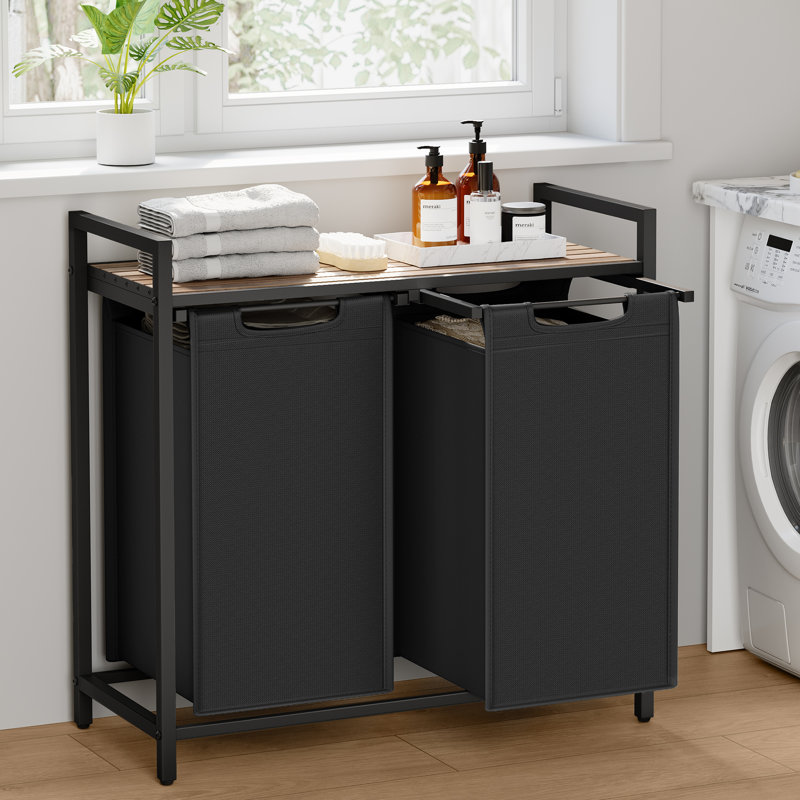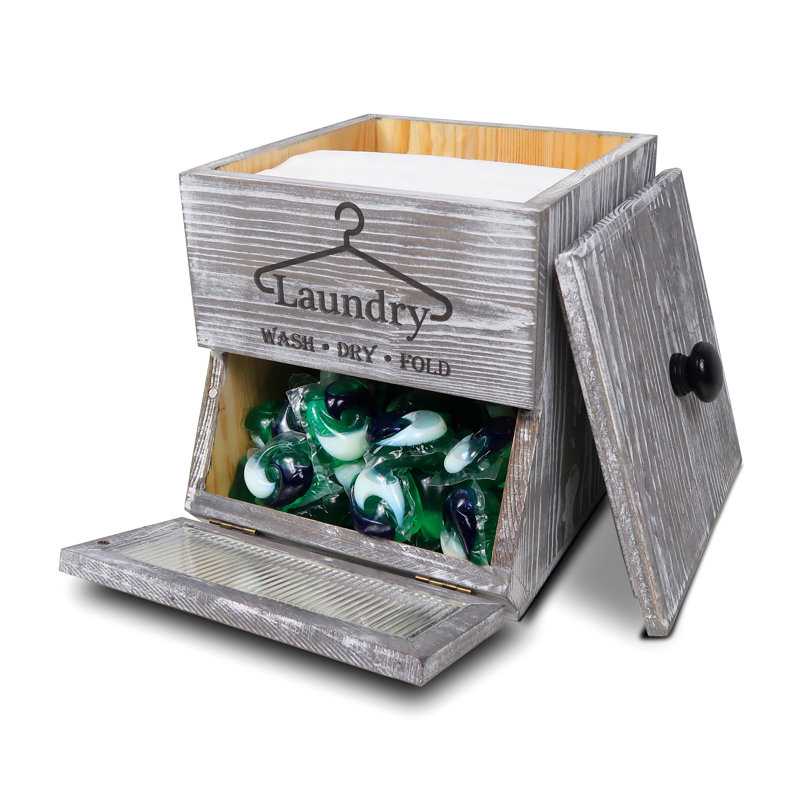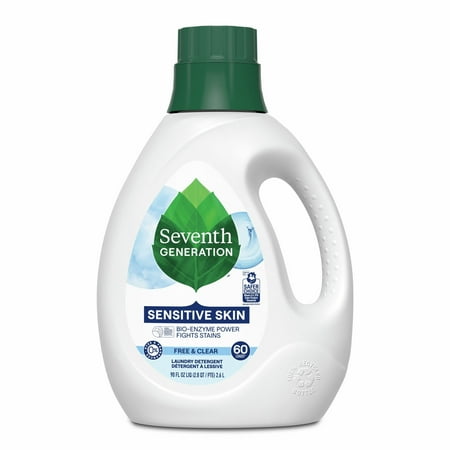I’m a professional cleaner, and this is the most overlooked and seriously powerful function on your washing machine
Shift stubborn grime and odors at the touch of a button

Punteha van Terheyden

If you have ever wondered what the pre-rinse button on your washer does, prepare for your laundry days to get so much easier.
Many people are not aware of the cleaning power of the pre-rinse cycle, and as a professional cleaner, it’s been my secret weapon many times.
Here, I share why putting this powerful machine function into play will turbocharge how you do laundry, when you should steer clear of it, and what to do instead if your washer does not have a pre-rinse.
What does the pre-rinse cycle do?
The pre-rinse cycle is exactly what it sounds like: a short rinse that happens before the main wash cycle begins. Most of the best washing machines have it.
It usually uses cold or lukewarm water and doesn't use any detergent. The goal of the pre-rinse is to loosen up stuck-on dirt and dried food particles. It's one of the golden rules for removing stubborn stains, and means the washer has a head start before getting into the heavy-duty work using detergent and physical agitation.
Using an enyzymatic detergent that's free from bleach such as Molly's Suds, available for fast delivery from Amazon will make this a doubly-winning combination.
How does the pre rinse cycle work?

Most modern washers have a pre-rinse cycle.
When you choose the pre-rinse option, your washer does a quick fill, tumble (or spin, depending on the machine), and drain.
Design expertise in your inbox – from inspiring decorating ideas and beautiful celebrity homes to practical gardening advice and shopping round-ups.
It wets everything, flushes away some of the loose grime, and preps the load for a more effective clean. Think of it as giving your laundry a bit of a head start so that the main wash isn’t working overtime trying to break down caked-on messes. It's a brilliant cleaning tip to keep in mind with dirtier-than-usual loads.
If you’ve got hard water at home, pre-rinsing can help there too. Hard water tends to react with detergent and dirt, forming a sticky, stubborn residue. A quick rinse beforehand can wash some of that away before the main cycle starts, helping to reduce buildup both on your clothes and inside the machine itself.
It's not going to put any stress on your machine, but remember to run your usual and regular washing machine maintenance tips to avoid any long-term issues, and curb your clothes smelling sour after washing.
The Affresh washing machine cleaning tablets from Walmart are ones that many people swear by for sprucing up their washers.
What's the pre-rinse good for?

I wouldn't recommend using the pre-rinse on every cycle, only the more heavily soiled ones.
The pre-rinse cycle is especially helpful for heavily soiled items such as workout gear, muddy towels, cloth diapers, or anything that’s got visible grime or a strong odor. If you're struggling to remove stubborn summer stains such as grass, this is a good time to use the pre-rinse.
Using the pre-rinse also helps reduce the risk of your washer circulating dirty water around and letting any gunk settle back onto clothes during the main wash. It’s also great for people with sensitive skin, because removing that initial layer of dirt can help your detergent work better and rinse out more thoroughly.
If your skin is uncomfortable, it could be one of the warning signs it's time to switch to a non-toxic laundry detergent.
While the pre-rinse is great for loosening surface dirt and flushing out light grime, it’s not a magic fix for deeper stains. When trying to remove wine stains, grease or ink, the items will still need a little extra attention. Make sure to pre-treat any trouble spots before loading your machine, even if you’re using a pre-rinse cycle.
Setting up a stain station will help you tackle these quickly and easily.
One big perk of pre-rinsing however, is cleaner water during the main cycle. When you skip the pre-rinse on extra-dirty loads, all that soil has nowhere to go. It can make the wash water murky, which sometimes leads to grime getting redeposited on your clothes.
A quick pre-rinse helps flush out that mess before the real wash begins.
Should you always run the pre-rinse?

A pre-rinse is great for heavily soiled items, but not necessary on low-level laundry cleaning.
You don’t need to run a pre-rinse every time. For lightly worn clothes or regular weekly loads, it’s probably overkill and will waste water and energy. Skipping the pre-rinse when it's not needed is a smart way to reduce water bills.
But if you’ve got items that are super sweaty, sticky, or stained, it’s definitely worth it.
Also, if you tend to overload your washer a bit, the pre-rinse can help reduce buildup and odors over time. Overloading your appliance is a washing machine mistake.
What if a washer doesn’t have a pre-rinse cycle?

There are alternative tips for enjoying the benefits of a pre-rinse, without a pre-rinse button on your machine.
If your machine doesn’t come with a pre-rinse setting, you can DIY it a few different ways.
One laundry tip is to run a short rinse or quick wash cycle without detergent before your main load. Most washers have at least one low-effort cycle you can use for that purpose.
Another trick is to soak really dirty items in a sink or bucket with cool water for 15-30 minutes before tossing them in. It’s a bit more hands-on, but it does the same job of softening up dirt and grime ahead of the wash.
Using a collapsible bucket from Walmart will do the trick, and when you're finished simply dry the bucket, collapse it and tuck it away out of sight.
Laundry cleaning essentials
All prices were correct at the time of publication.

Make laundry day easier by separating dirty linens, towels and clothing as you go. Each of these compartments is removing for easy emptying and sanitizing.

Keep your laundry pods up high and out of sight of children with this stylish storage box.

This is free from dyes, fragrances, and optical brighteners, which can cause skin irritation and are toxic to aquatic life. This gentle detergent works in cold water and is EPA Safer Choice certified. I've recommended it often for clients dealing with skin sensitivities or who want to streamline their cleaning with fewer chemicals.
Next, learn what surprising items you can wash in the washing machine, and why you should always leave your washer's door open between cycles.

Karina is a professional cleaner and operations manager at Spekless Cleaning, which provides residential and commercial cleaning and maid services in Washington.
She has over six years experience overseeing all operations and quality control at Spekless.
- Punteha van TerheydenHead of Solved